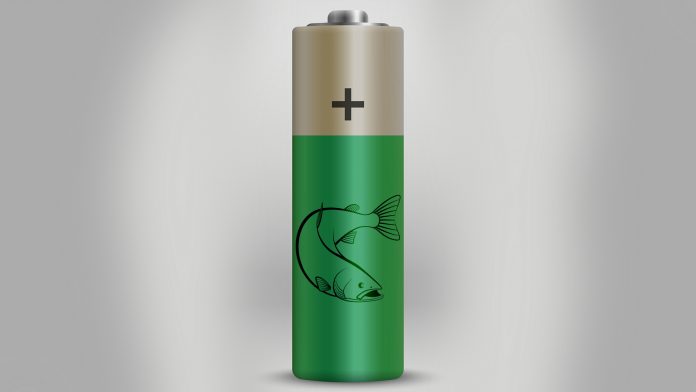A research consortium has made the next-generation of high-capacity cathode materials for lithium-ion batteries using the DNA of salmon and over-lithiated layered oxides.
The Korea Institute of Science and Technology (KIST) announced the development of a high-performance cathode material by stabilising the surface of over-lithiated layered oxides, using the DNA of salmon.
What are over-lithiated layered oxides?
Over-lithiated layered oxide is a material containing a large amount of lithium by replacing from the transition metal element to lithium element in layered structure of material.
The development of high-capacity cathode material is essential to increasing the capacity of a lithium-ion battery. Over-lithiated layered oxides have a high reversible capacity of 250 mAh/g, a capacity 100 mAh/g higher than existing commercialised materials.
Over-lithiated layered oxides have one potentially fatal flaw, during charge/discharge cycling, the layered structure of an over-lithiated layered oxide can collapse, resulting in swelling and rendering the battery unusable.
Transmission electron microscopy for over-lithiated layered oxides
The KIST team used transmission electron microscopy to analyse changes in the crystallographic structure, researchers did this by dividing into specific areas from surface to interior of over-lithiated layered oxide.
Transmission electron microscopy provides morphology, crystalline structure, and elemental information of various materials at an atomic scale, using the diffraction phenomenon of electrons accelerated by a high voltage.
The results of the analysis confirmed that the metal layers of the over-lithiated layered oxide started to collapse at the surface by repeated charge/discharge cycling.
Salmon DNA for lithium-ion batteries
The DNA of a salmon has a strong affinity with lithium ions, therefore researchers used it to control the surface structure over-lithiated layered oxides.
Researchers found that the salmon DNA showed a tendency to aggregate in aqueous solutions. In order to solve this problem, the research team synthesised the composite coating material that combined carbon nanotubes (CNT) and the salmon DNA.
The DNA/CNT mixture was uniformly arranged and attached to the surface of the over-lithiated layered oxides, resulting in the development of a new cathode material.
Integrated advanced analytical techniques
The research team performed integrated advanced analytical techniques and found that the electrochemical characteristics of over-lithiated layered oxides and the mechanisms of its structural stability improved. Researchers confirmed that the structural degradation was suppressed during charge/discharge cycling and the thermal stability was improved.
Professor Sang-Young Lee, Ulsan National Institute of Science and Technology (UNIST) said: “unlike pre-existing attempts, this study uses DNA, the basic unit of life, suggesting a new direction for the development of high-performance battery materials.”
Kyung Yoon Chung, head of the Center for Energy Storage Research, KIST said: “This research is very meaningful as it presents design factors for stabilised high capacity cathode material using the integrated advanced analytical techniques. Based on this research, we will devote more efforts to develop a new material that can replace existing commercialised materials.”









